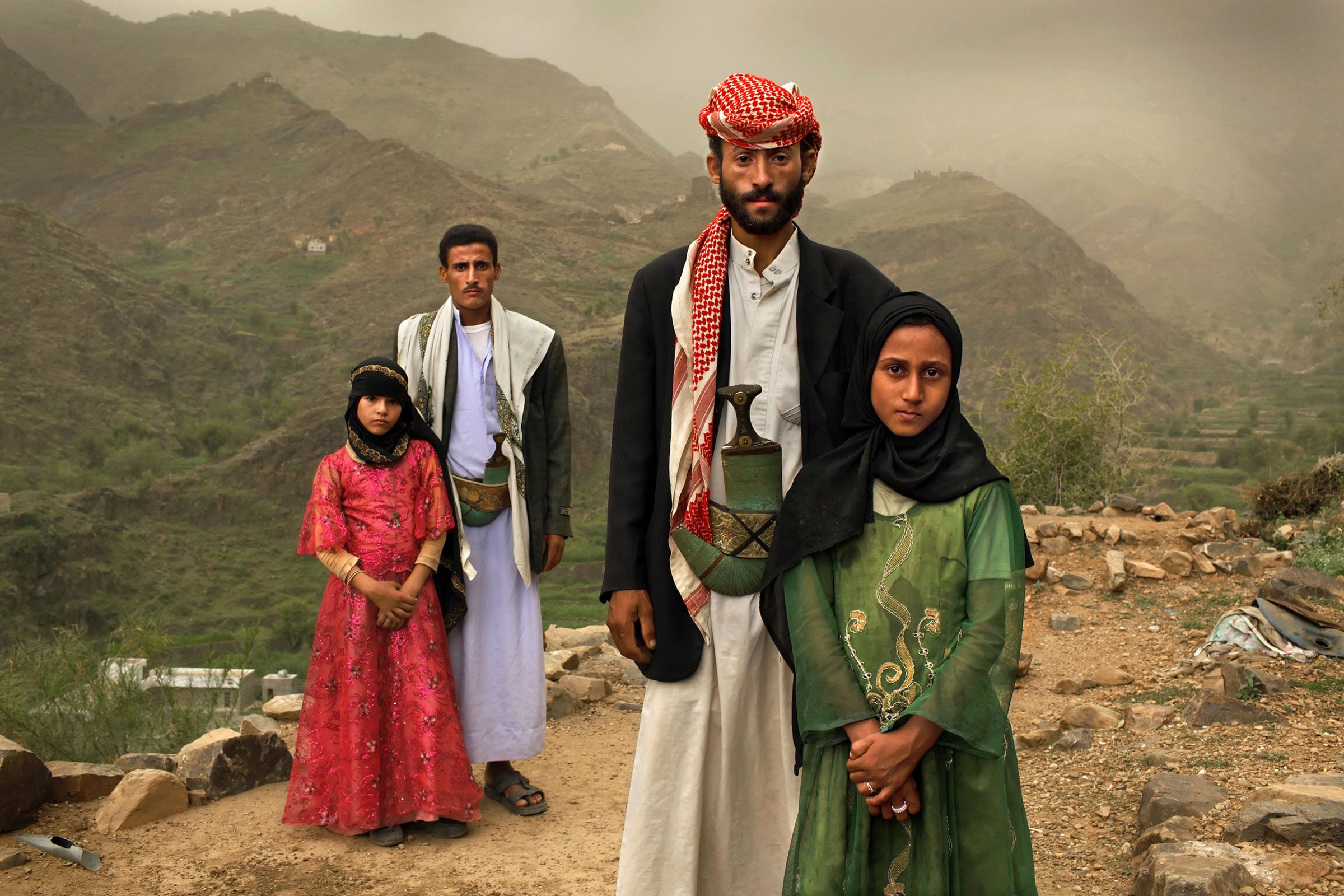
Photojournalist Anja Niedringhaus dedicated her life to telling humanity’s most troubling stories at the front lines of conflict. Her death in 2014 brought into sharp reality the futility of war and the importance of effectual images. Niedringhaus’ legacy is undoubtedly her photographs but also the courage she has ignited in her fellow journalists.
The IWMF Anja Niedringhaus Courage in Journalism Award, established after her death, honors that work and celebrates the importance of the female perspective. “She encouraged me as a woman, [to know that] you can go into any situation and come out with strong meaningful work, just like anyone else,” last year’s Courage Award winner, Adriane Ohanesian, tells TIME. “That’s the legacy, right? The women who have come before me who have paved the way.”
Niedringhaus is perhaps best known for her work in Afghanistan, where she spent 20 years studying its history and culture, while photographing the terror of war. Her first commission was the fall of the Berlin Wall and she went on to win a Pulitzer in 2005 for her coverage of the Iraq War. It was in Afghanistan where she lost her life; shot dead by an Afghan policeman while waiting in a car with her colleague, Associated Press reporter Kathy Gannon. She also worked extensively in Gaza, Bosnia, Libya and Pakistan. The depth and brevity of her work was marked by her deep commitment to the people whose stories she told.
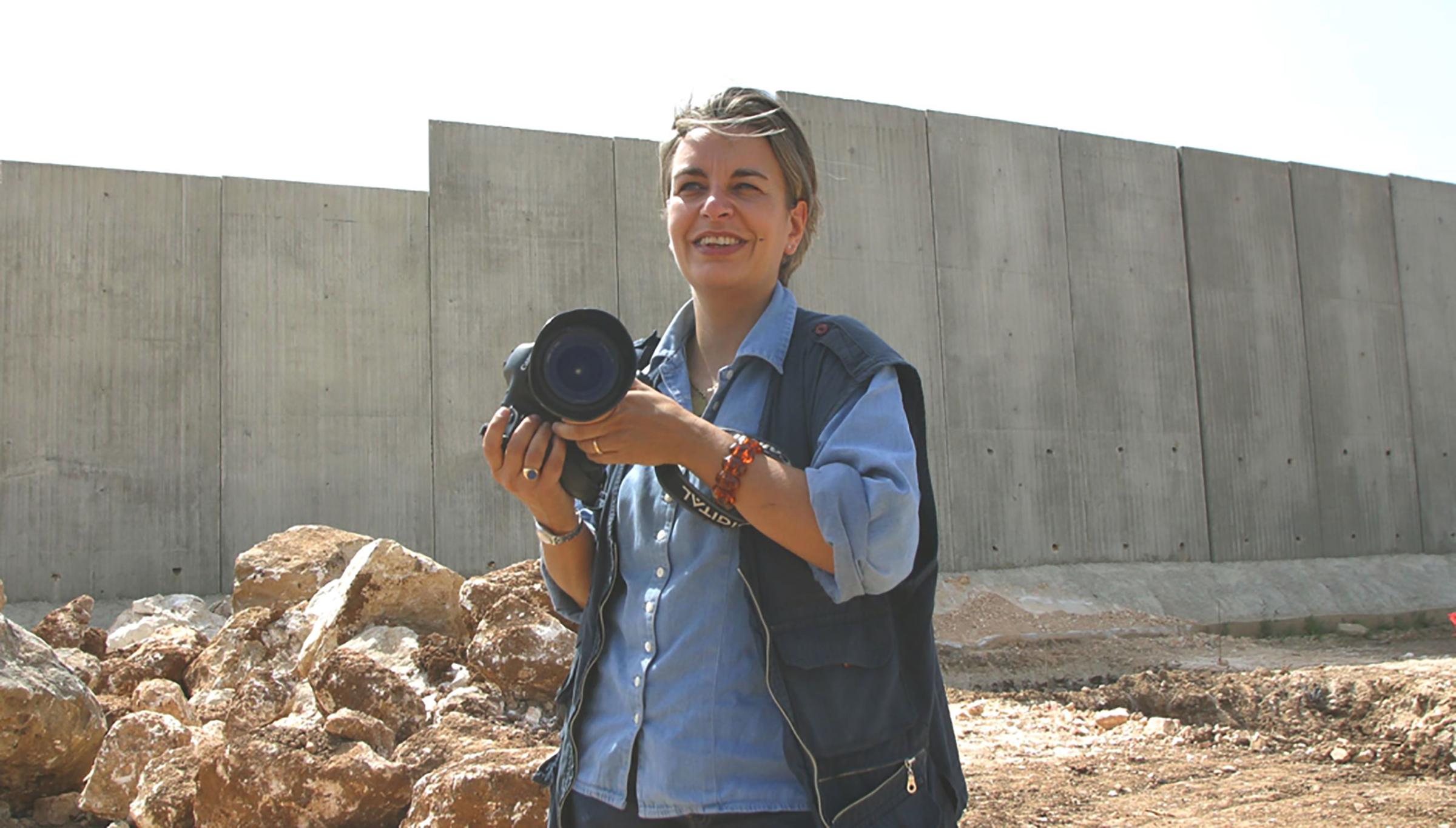
Ohanesian and Stephanie Sinclair, this year’s Courage Award winner, are similarly committed to placing people at the heart of the narrative. Sinclair worked as a conflict reporter for many years but later gravitated to more intimate stories, existing on the peripheries of war. “There’s definitely far braver people than I as far as those who are willing to risk their lives and be on the very, very front line of a physically violent situation,” says Sinclair. “I feel more comfortable digging a little deeper into people’s lives and understanding the root causes behind the violence that girls have to deal with on a regular basis.”
Sinclair’s work now pays particular attention to brutalities faced by young girls. She became deeply committed to the subject after meeting several girls in 2003 who had self immolated. “When you photograph something as extreme as self immolation… as a responsible journalist you really have to start looking into why would this happen,” says Sinclair. This interest has developed into a 15-year project, Too Young to Wed, and a nonprofit organization of the same name. The complex impact of young marriage – which increases risk of HIV infections, sexual violence and so on – is something that Sinclair is still unraveling. For her, it is Niedringhaus’s refusal to shy away from “telling those very difficult stories at great risk to herself” that continues to inspire.
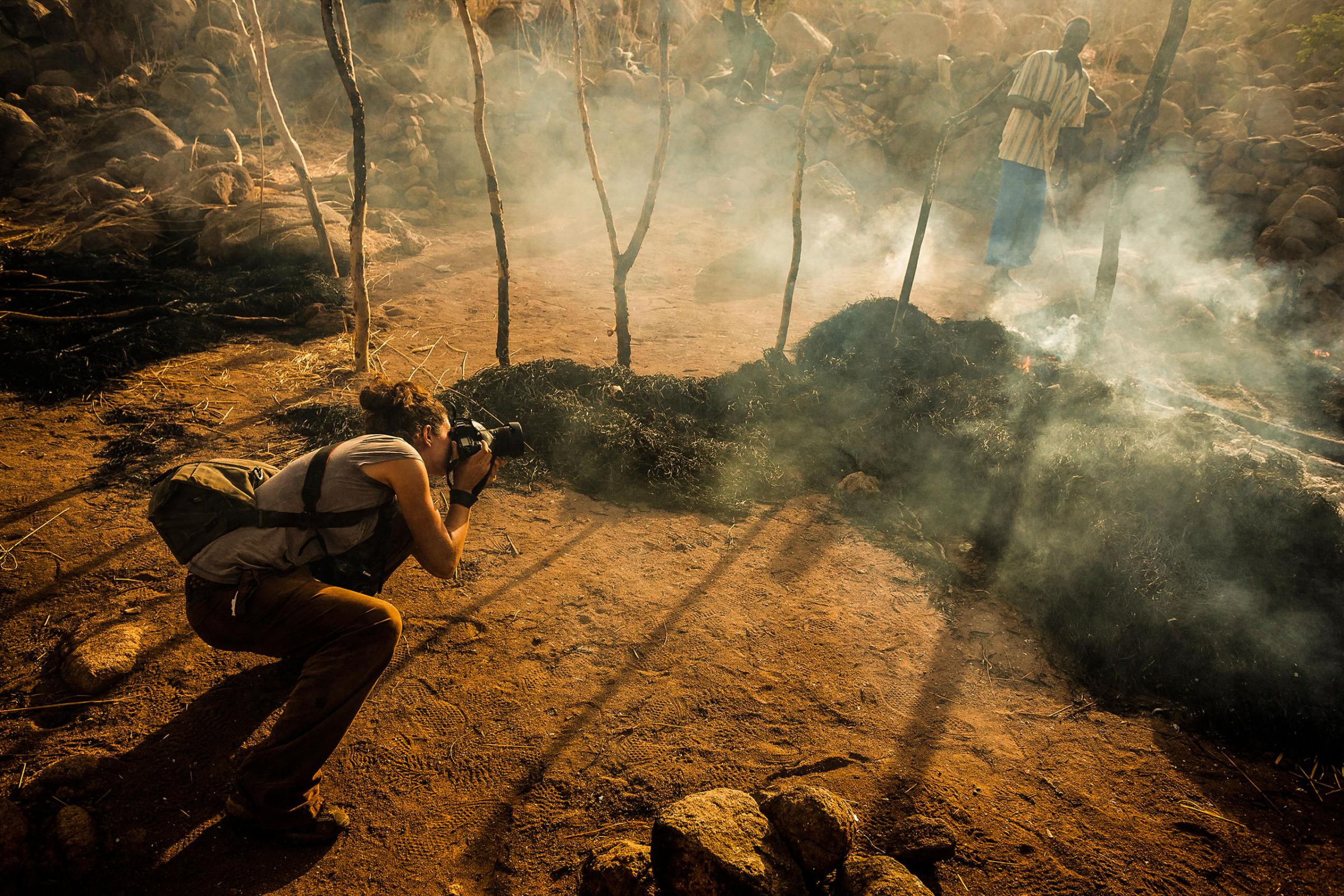
Ohanesian began documenting the war in South Sudan in 2012, and continues to cover the plight of Sudanese refugees – most recently the conflict in Darfur, Sudan. She was drawn to the region because of the people, who she describes as ”extremely generous.” And just as Niedringhaus’ legacy has strengthened her in her own work, Ohanesian has also inspired other women to take up photojournalism. While working in Darfur, she photographed refugees taking shelter in a cave, the majority of whom were women and children. One community worker said to her: “I’m so glad a white woman photographer has come all the way into the mountains because there are so many women here. And now they can see that women can also be photographers and have careers.” This made Ohanesian realize the power of having women to look up to.
In an industry that is still overwhelmingly dominated by men, Niedringhaus’s vast body of work challenges the stereotype of the masculine war reporter. Despite gradual progress, women have accounted for just 15% of entries at World Press Photo for the last five years. Sinclair, believes traditional gender roles are a key reason why there are fewer women in this field. “What I find a little bit shocking is I still have editors say to me: ‘Why are there no good female photographers?’ That’s very insulting and very misinformed.”
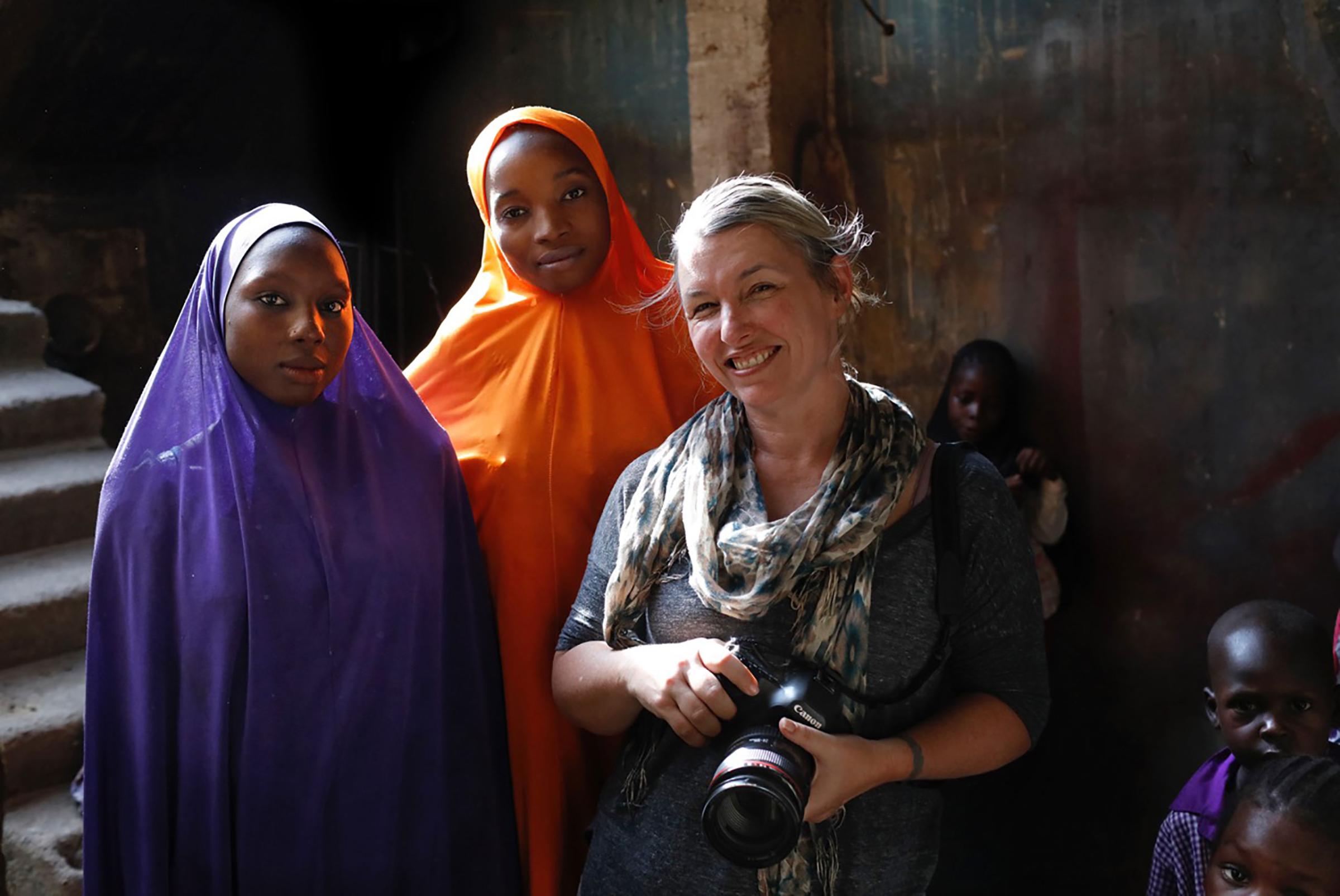
While Sinclair and Ohanesian both agree that a women’s perspective is essential, they believe what’s important is a diverse perspective in general. “Everybody brings their own experiences into their work,” says Sinclair. “Whether you’re a person of color or you’re a person from these communities, you’re going to be telling those stories with those kind of life experiences behind you. I think it’s important for everyone, for there to be more diversity in journalism.” Ohanesian adds: “If we can diversify the amount of people that are covering issues, we can diversify our audiences as well.”
For both women, Niedringhaus’ courage continues to motivate. “This is a woman who dedicated her entire adult life to traveling around the world telling the most difficult stories on the very front lines of conflict,” says Sinclair. “It’s really that kind of commitment that is so inspiring.” Sinclair met Niedringhaus several times and though they weren’t close, she feels like she knew her through the power of her photography. “Part of people’s souls come out in their pictures – not just the people in the photographs, but the photographers as well,” says Sinclair. “It was clear to me that she operated with a deep humanity, confidence and a real commitment to what she was seeing.”
International Women’s Media Foundation established the Anja Niedringhaus Courage in Journalism Award in 2015. Stephanie Sinclair is an award-winning photojournalist and founding executive director of non-profit organization Too Young to Wed. Adriane Ohanesian is an award-winning photojournalist currently based in Nairobi.
Alexandra Genova is a writer and contributor for TIME LightBox. Follow her on Twitter and Instagram.

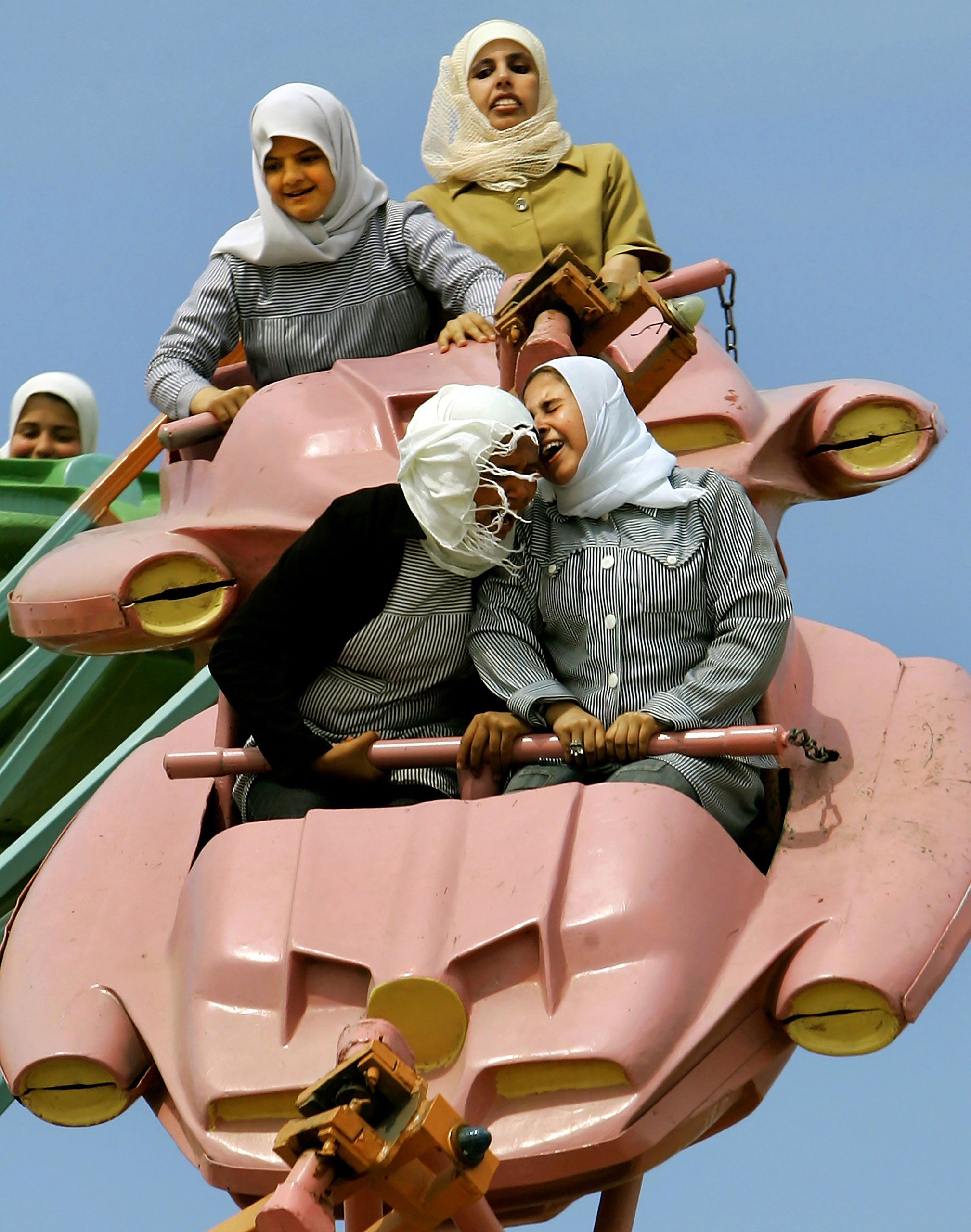



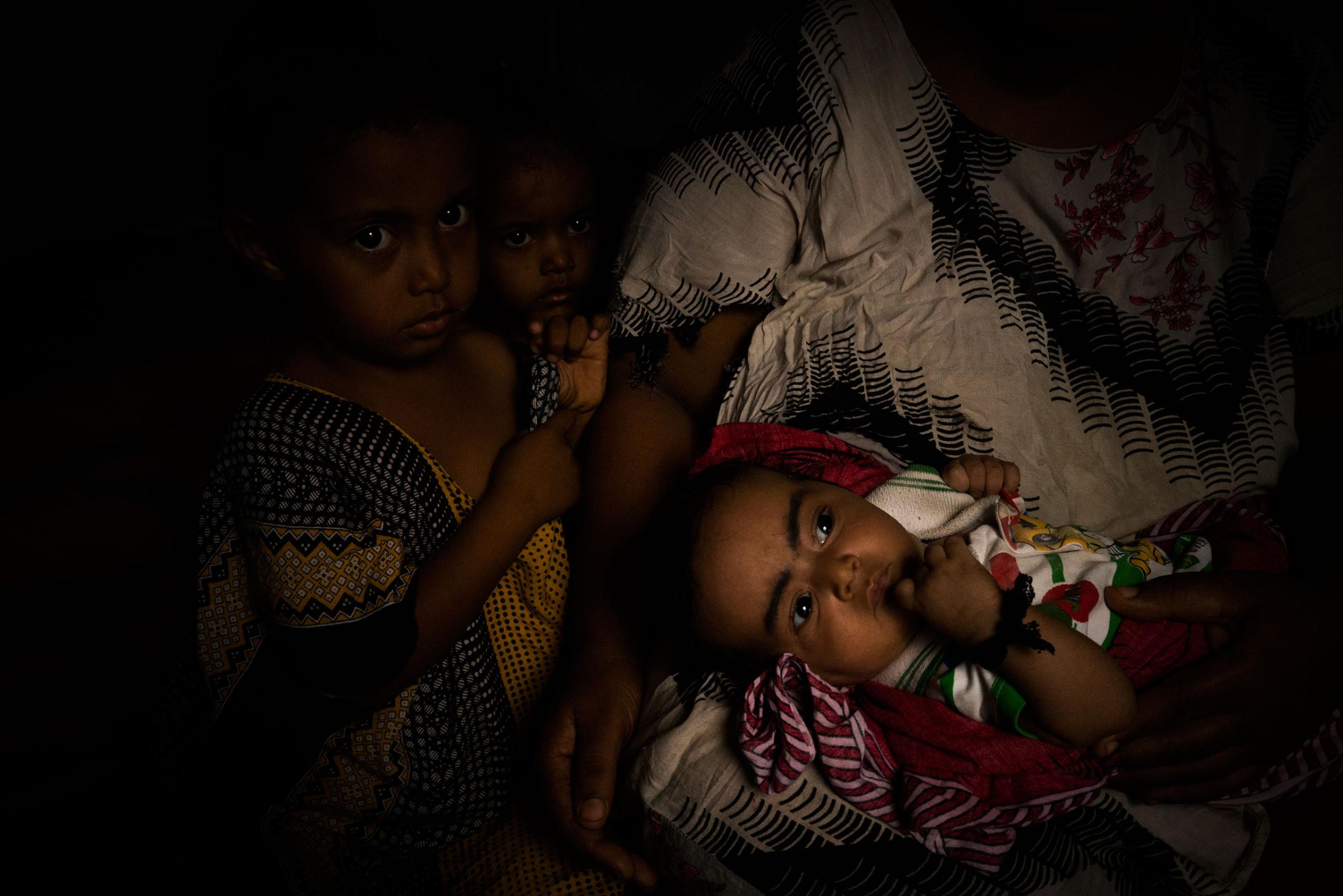


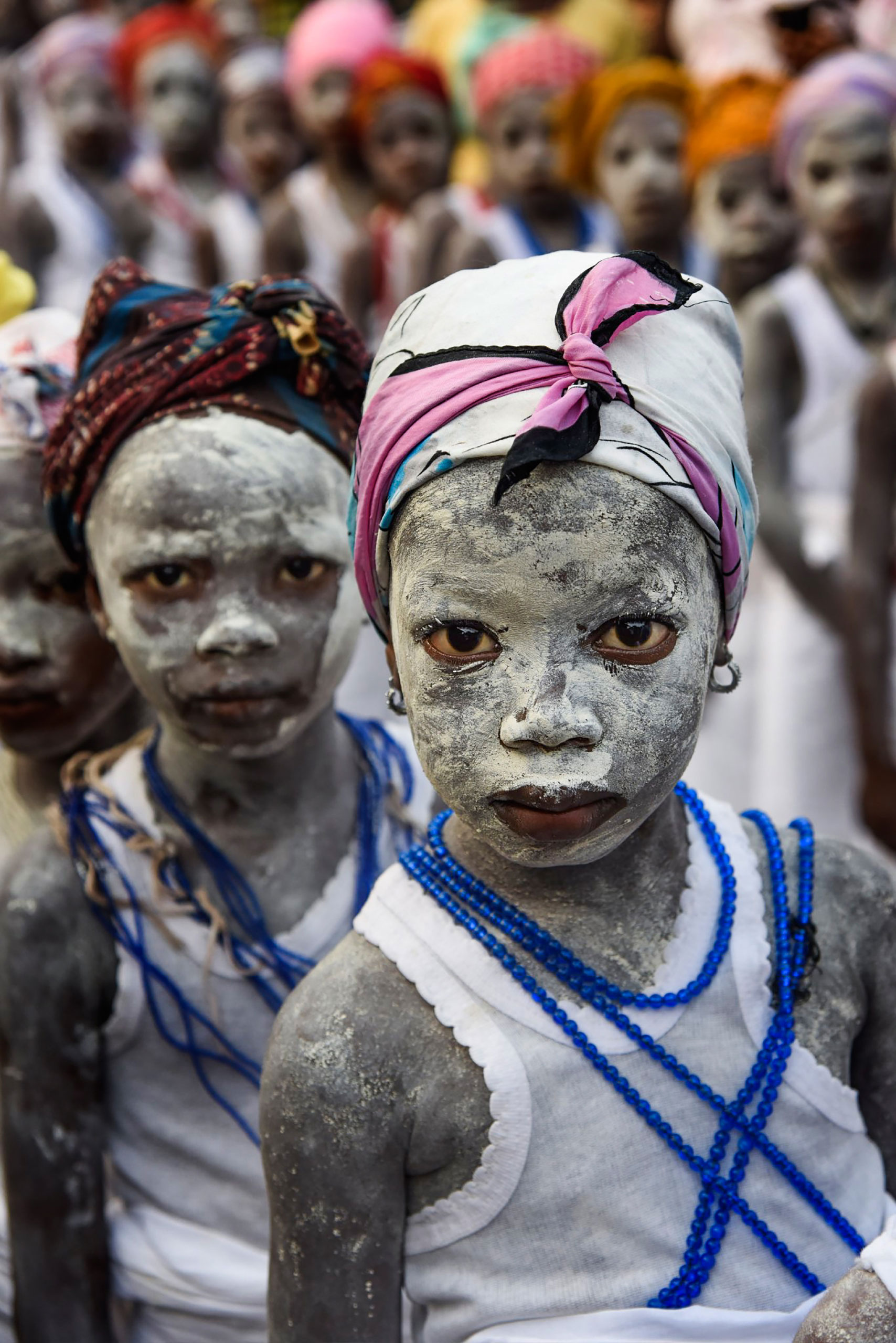
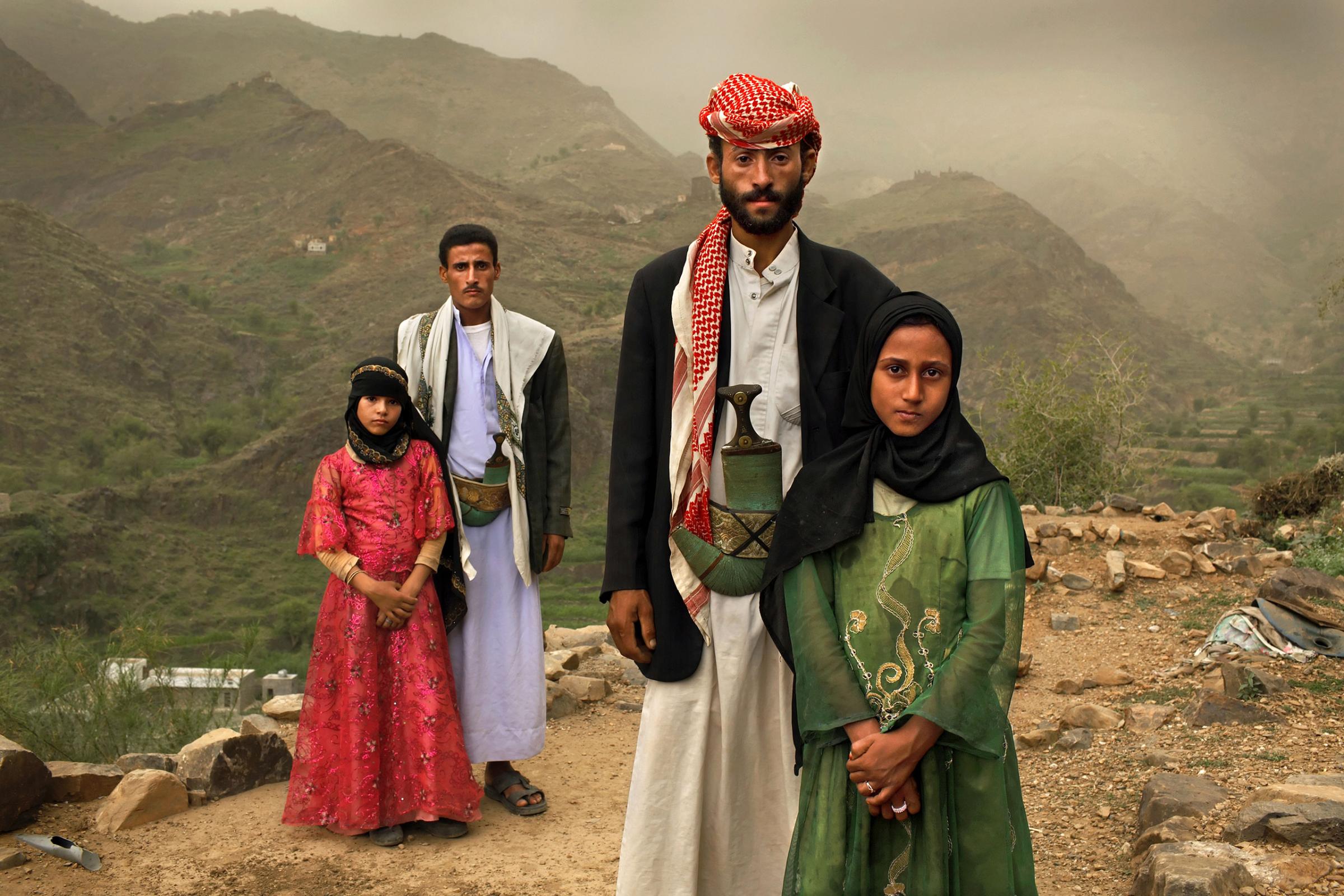

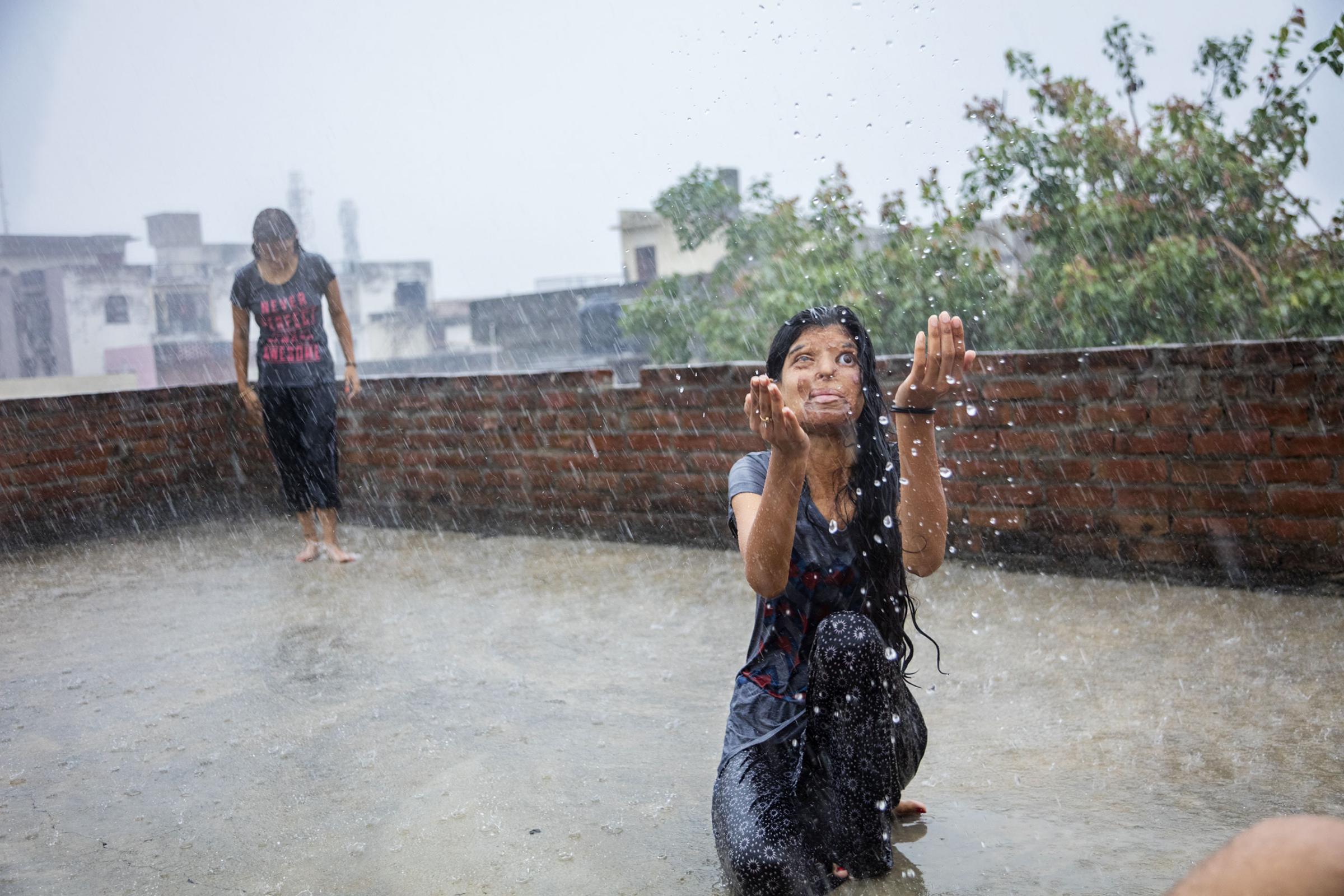
More Must-Reads from TIME
- Why Trump’s Message Worked on Latino Men
- What Trump’s Win Could Mean for Housing
- The 100 Must-Read Books of 2024
- Sleep Doctors Share the 1 Tip That’s Changed Their Lives
- Column: Let’s Bring Back Romance
- What It’s Like to Have Long COVID As a Kid
- FX’s Say Nothing Is the Must-Watch Political Thriller of 2024
- Merle Bombardieri Is Helping People Make the Baby Decision
Contact us at letters@time.com